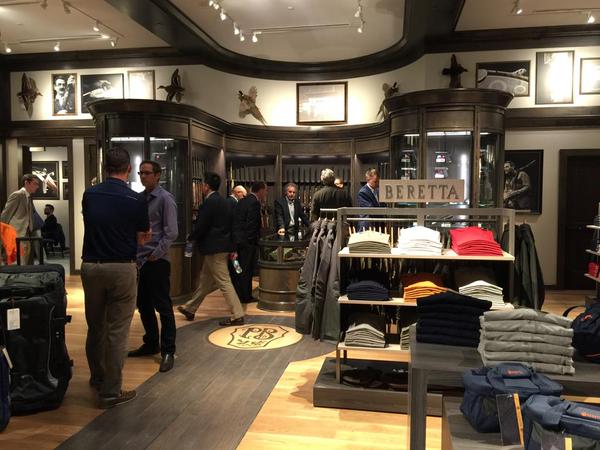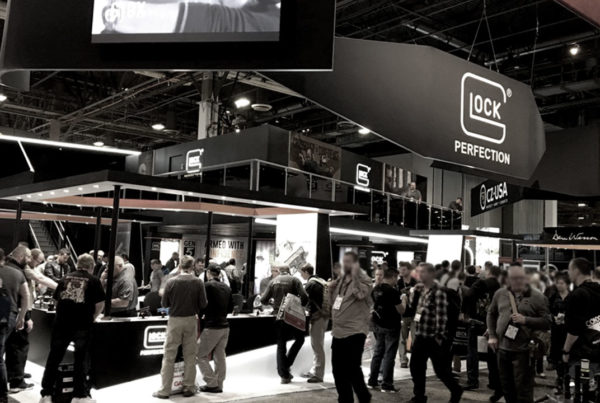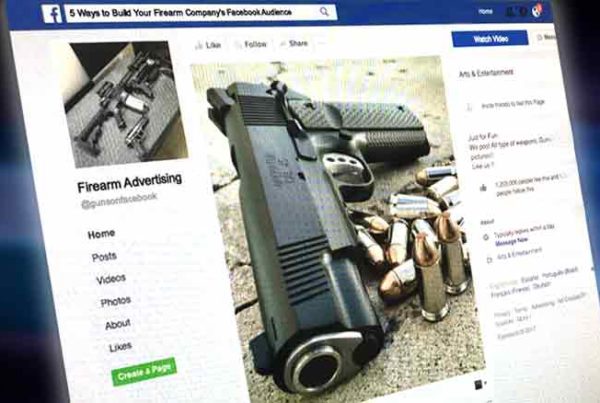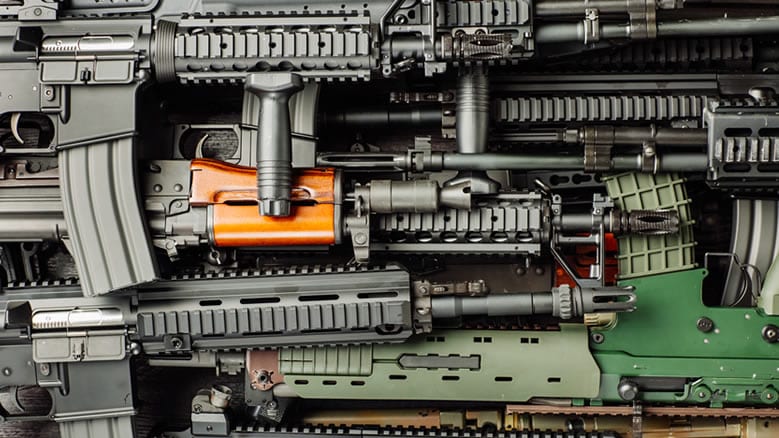
There are some things you just can’t change. From increased government regulations, internal politics, everything going digital or the IT guy who won’t upgrade your website—the firearms industry contains much of the same roadblocks and beaver dams as other marketers face, but with a few twists.
This industry is unique from other industries because unlike a tech or shoe company that is unregulated—we must abide by certain industry imperatives that hinder our ideas and abilities to improve or attain our goals.
Thinking about some of these imperatives and roadblocks on my way to NRA a few weeks ago, I came away with three things I feel we as marketers can do better in the firearms industry that will improve the individual brands we manage and perhaps the industry as a whole from a digital marketing perspective.
Shipping and faster delivery of goods
Digital has acclimated the public to expect instant results and quick responses. The commerce world is trying hard to keep up, and the delay is justified. Physical products take time to deliver, and right now there’s not a clear answer on how to speed up the process. However, because the larger industry knows that this is the key to success and driving the competitive market, the truncation of purchase fulfillment is a huge trend any e-commerce marketer should have a keen eye on. (Source: iMedia)
There isn’t much that can be done in the way of speeding firearms to responsible customers when they have to go through the background check process. Some states like Hawaii, Colorado and California require a 10+ day waiting period. It can be months for NFA items.
But when it comes to selling your other non-FFL items online (accessories, apparel, etc.), much can be done to create a better customer experience that may help offset delayed online firearm purchases.
Taken from a study done by eConsultantcy, when asked what would lead or has led to a recommendation of a retailer, the availability of free shipping or discounted shipping is the top factor.
Timely arrival of shipments and free or easy returns were the next most important factors.
“Since 41% of shoppers said ‘receiving my product when expected’ led them to recommend a retailer, both proactive communication regarding delivery time and reliable delivery are critical aspects to a positive customer experience.”
By implementing free shipping, communicating the expected delivery time, free returns and a way for easy exchange, you can increase your customer’s view of your brand. Brands will never be able to ship firearms directly to customer’s residences, but they can speed up their fulfillment processes in-house. Starting with an effective website and a well-managed fulfillment process is the first step.
Complacent dealers are also a source of frustration for your customers. They may receive your product on time, but it ends up sitting in the backroom without the dealer notifying the customer. Don’t leave this important step to the dealer. Make sure to follow up with your customer to let them know their product is available for transfer. Find the bottlenecks and work with your dealers to improve over time—then track customer satisfaction.
Personalization
Personalization is a symbiotic relationship. On one side you, the marketer, are providing a spot-on experience for consumers that makes them feel understood, valued, and connected. It’s a positive engagement that’s borderline electric for the visitor. Don’t you get a little jolt when you’re served up an article, product recommendation, or email that’s perfectly aligned with your wants and needs?
On the other side are the consumers who, in exchange for this warm and fuzzy experience, reward you with more meaningful engagement, quicker conversions, higher cart values, increased spend, and ongoing loyalty. They’re happy with the relevant experience you’ve delivered. They dive in deeper. You collect more data points and create greater relevance. The cycle continues. That’s the personalization payoff. (Source: Adobe)
Your brand likely has a 5–20 percent chance of selling to a new prospect versus 60–70 percent for an existing consumer. Compound that with the fact that, on average, 55 percent of marketing budgets are spent on new customer acquisition, and it’s no surprise that increasing loyalty among existing users can reduce costs by as much as 10 percent. (Source: 5OneMedia)
Building a mutually beneficial relationship with your customer should be a priority that will increase profits. Why don’t most marketers engage in personalization? I think most don’t know where to start and for others it’s about getting over the hurdle of understanding who their customer is. You may be able to boast a large following on Facebook—but do you know who those people are? Facebook likes are considered vanity metrics that provide some indication of how your brand is perceived, but how are those likes and shares translating into revenue?
There are numerous tools out there to help you get better at personalization, and it begins with surveying your audience. Leveraging social media is one way to proceed. Tools like Social Mention, Talkwalker, Hootsuite, and Hubspot’s social media inbox monitoring tool, can help you get a better grasp on who makes up your audience. Survey Monkey is also a very inexpensive tool to start asking your customer questions to form your buyer personas that in turn will be used to develop your inbound and outbound marketing strategies. Having a firm grasp on your audience is the first step in getting your marketing right.
Point of purchase
When I think of a gun shop, the same image always comes to mind: barred windows, dusty racks, scratched glass counters and unfriendly customer service—at least in my town. Now contrast this experience with the soaring grandiose trade show booths of SHOT Show. Recall the experiences of being in those booths (if you were able to get out and walk the floor). How did they make you feel? Shouldn’t those same experiences be applied to every firearm retail environment?
One gun store getting it right is The Athena Gun Club in Houston.
If you’re a gun dealer reading this article, take note. If you want to be the dominant dealer in your area, attract a younger customer and be a “shooting destination”—investing in your retail environment is something you should highly consider, and as marketers, we should highly encourage. We know we’re getting past the point were our typical demographic is defined as the white, 55-year-old male. We have to begin thinking more seriously (and with dollars) about how we can attract the next generation of gun enthusiasts by integrating our brands into the retail environment to create a cohesive brand experience.
Four retail environmental factors that form an engaging retail atmosphere are:
- Aesthetic drives experience – colors, texture, lighting, even smell—allows for a better and more welcoming experience that makes the customer comfortable. Your mood changes when you’re in an engaging environment—like staying at a luxury hotel. It allows your visitor to “open” up and drop their guard. It makes them feel good and perhaps more inclined to buy.
- Contributes value – The experience is informative, enjoyable and memorable. “People will forget what you say, but not how you make them feel.”
- Sends an aspirational message – The atmosphere you create says something about what you’re trying to communicate. Are you high-tech and polished, or 1990?
- Affinity – Points 1-3 make it harder for the person not to come back when faced with apathy, laziness or other options (Source: Forbes)
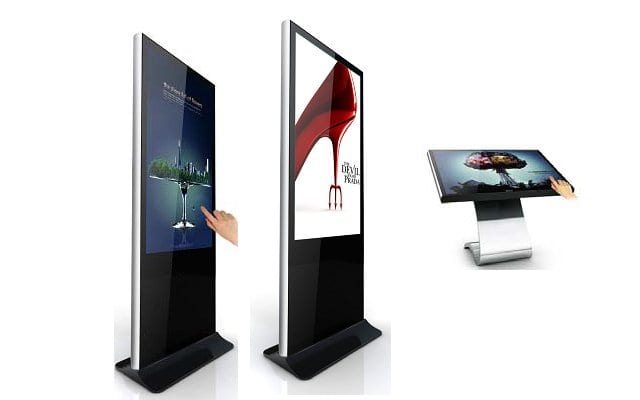 Another idea is to place a kiosk in your dealers that help the customer learn more about your products. This can help aid in a less than ideal dealer experience.
Another idea is to place a kiosk in your dealers that help the customer learn more about your products. This can help aid in a less than ideal dealer experience.
A quality and reliable product will always sell itself. As marketers, we have to make sure that a clear brand impression is sustained throughout the buying process and well after purchase. Faster delivery, personalization and point of purchase are only three areas that can make a big impact on your bottom line. What are your thoughts?



